|
A few weeks ago I wrote about the wine estate, Domaine Bousquet, located high up in the Gualtallary Valley of Tupungato, Argentina. These are noteworthy wines which incorporate French and Argentine techniques in the wine production. If you haven’t read the story yet, please do so at: Day 622 http://thewineknitter.com/1/post/2018/01/day-622-bonjour-argentina.html This will give you the history of the estate, a brief description of the climate and terroir and essentially bring you up to speed for the following story. Last week I had the pleasure of sitting down with Anne Bousquet for a delightful lunch and tasting of her estate’s wines. Let me start by saying that Anne is warm, down to earth and very passionate about her wines. Her enthusiasm and sense of adventure transcended itself around the table and throughout the tasting. Although she comes from several generations of winemakers, Anne’s career path originally led her in another direction. While in 1997 her father Jean was busy buying land in Gualtallary Valley for the purpose of producing organic wines and at the same time divesting all of his vineyards in Southwest France, Anne and her husband Labid al Ameri were living in Boston, pursuing their own dreams, Anne as an economist and Labid in finance. Both these skills would prove invaluable when they became the owners of Domaine Bousquet in 2011. All of Domaine Bousquet wines are made from 100% organic fruit and alway have been since Jean planted the first vines in 2000. Gualtallary has up to 7 different types of soil, but Domaine Bousquet is the only estate with sand as its primary soil. In fact, Jean bought the land for this very reason. To quote Anne, “Sandy soil makes elegant wines and that characteristic was very important to him as a Frenchman.” So, as I said in my last story, “with the benefits of cool climate, sandy soil, controlled water irrigation and healthy organic grapes, it certainly sets the stage for quality wines.” All the grapes at Domaine Bousquet are harvested manually and special attention is paid to preserving the purity of the organic fruit. We tasted five wines from the estate. Sparkling Rosé Brut N/V using the Charmat method (produced in tank). Grapes are 75% Pinot Noir and 25% Chardonnay. The color is salmon with inviting aromas of fresh red fruit, strawberry and peach that carry over to the palate. Fine bubbles, soft and foamy on the palate with a hint of citrus on the finish make this an easy wine to drink. Serve as an aperitif or with fish, light appetizers and simple pasta. Alcohol: 12% SRP: $13 Chardonnay 2017 is made with 100% Chardonnay and is un-oaked. This is an entry-level wine and part of the Premium Varietals series. The color is soft yellow with lovely aromas of citrus, fresh fruit and floral notes. The palate is softer in flavor than the nose has to offer, but the wine still delivers hints of tropical and stone fruit with good acidity. Perfect as an aperitif or with light fare. Alcohol: 13% SRP: $13 Gaia Red Blend 2015 is made with 50% Malbec, 45% Syrah and 5% Cabernet Sauvignon. The color is dark purple with heady aromas of anise, violet and dark berries. The palate offers silky tannins with dark fruit, dark cherry, hints of spice and white pepper on a long finish. This is a wine that will complement just about any dish from appetizers to dessert! Alcohol: 14.5% SRP: $20 Reserve Malbec 2016 is made with 85% Malbec, 5% Cabernet Sauvignon, 5% Merlot and 5% Syrah. The grapes are harvested from the estate’s best plots with low yields. Wine is aged in French oak barrels for 10 months. The color borders on deep red and plum with bold aromas of dark berries, spice and black plums. The palate offers soft fruit with layers of blackberry, raspberry, dark cherry and hints of chocolate and pepper. Beautifully balanced with silky tannins and a long finish. The aging potential is 5 to 6 years. Serve with meat, stews, cheese and dessert! Alcohol: 14% SRP: $18 Reserve Cabernet Sauvignon 2015 is made with 85% Cabernet Sauvignon and 15% Malbec. The grapes are harvested from the estate’s best plots with low yields. Wine is aged in French oak barrels for 10 months. The color is dark red bordering on purple with a mix of dark berry, spice and herbal aromas. The palate offers an abundance of juicy dark fruit, spice and hint of earth and cocoa on the finish. Full bodied with soft tannins. This wine will pair well with hearty entrees and aged cheese. Aging potential is 5 to 6 years. Alcohol: 14.4% SRP: $18 Anne and Labid are not only proponents of organic sustainability, but they have poured their hearts and souls into economic sustainability for the Tupungato community, helping to transform the economy. In addition to joining an alliance of local wineries to fund construction for a new road, Anne and Labid have also undertaken a project to train locals in wine growing and office work. Many of the locals were then hired and are now an integral part of Domaine Bousquet. Read more at www.domainebousquet.com
Anne and Labid and their 10-year-old daughter now live in Miami and travel to Tupungato for one week out of every month to walk the vineyards and spend time at the winery. Jean Bousquet is happily retired and content tending to his 99 acres in Gualtallary Valley and producing wine for himself! With two decades in business, a brand presence in over 50 countries and a quality to price ratio that is hard to beat, Anne summed it up in one sentence, “We just want to make high-quality wines that others can afford”. And they are doing just that! Cheers! Penina To leave a comment or if you have an inquiry, please contact me at [email protected] One doesn’t need a special occasion to open a bottle of wine in my home. There are no hard and fast rules for those “special” bottles to only be opened when celebrating something momentous. In fact, my only reason for saving a special bottle of wine these days is because I just can’t bring myself to open it! I love the anticipation of drinking the wine, but once the bottle is empty, there’s no going back! But little by little, I’ve been opening some gems such as 1969 and 1989 Petrus, 1961 Chateau Haut Brion and 1983 Far Niente Cabernet. Let me be clear that a “special” bottle of wine as far as I’m concerned doesn’t always mean that it is an old or rare vintage. It might convey sentimentality, be a particular grape or blend or country of origin that makes it special to me. And so, I finally opened a wine last evening that I considered special. I’ve been hovering over this particular bottle since I received it several months ago. The occasion for opening this wine you might ask? “Just because” is my answer. Mille e una Notte is the flagship red wine of Donnafugata which is located in South-western Sicily. Giacomo and Gabriella Rallo, the founders of Donnafugata, wanted to create an iconic Sicilian red. With the help of Giacomo Tachis, enologist and “father of Super Tuscan wines”, they succeeded in fulfilling their dream. The first vintage of Mille e una Notte made its debut in 1995. The 2012 vintage of Mille e una Notte is an artistic blend of Nero d’Avola, Petit Verdot, Syrah and a small amount of other grapes. The grapes are hand harvested from Donnafugata’s Contessa Entellina Estate and other areas close by. The best grapes of the year are carefully selected and used for production. The wine spends 14 months in new French oak barriques and 36 months in the bottle. I decanted the wine for about one hour prior to drinking so that the flavors could gracefully emerge. This is a very expressive wine with seductive aromas of dark berries, plum, sweet spice, cocoa and vanilla. The palate is layered with dark fruit, prune, blueberry, pepper and hints of oak, cocoa and herbs. The wine is rich with silky tannins and is a perfect blend of flavors that complement each other. The finish is long and the wine is elegant! It paired beautifully with seared scallops and pasta with roasted cherry tomatoes, asparagus and mushrooms. This wine has the aging potential of 20 years, but I am too impatient to wait that long! Alcohol: 14% SRP $80 As with every Donnafugata label, there is a story. To quote from their website: “The palace shown on the label is the one where Queen Maria Carolina took refuge fleeing from Naples and was the favorite house of the writer Tomasi di Lampedusa in Santa Margherita Belice. Gabriella Anca Rallo –founder of Donnafugata, with her husband Giacomo- captures the image and embeds it into the sky from “Arabian Nights”, full of stars and full of promise. The strong and passionate character of this wine has inspired maître chocolatier Ernst Knam in his creation of the “Mille e una Notte with chili” pralines.” To learn more about Donnafugata and Sicily, please use the menu on the right to explore more stories.
Cheers! Penina To leave a comment or if you have an inquiry, please contact me at [email protected] It never ceases to amaze and impress me the amount of quality-focused wines that are being produced in South America. I have written many stories about wines from Chile, Argentina, Uruguay and Brazil. And as I have mentioned before, the wines are unique, filled with distinctive characteristics and many are “pocketbook” friendly! Although today’s story takes place in Argentina, it actually begins in France. Jean Bousquet and his family expand four generations of winemaking and are originally from the city of Carcassonne, in Southwest France. Their family winery and vineyards were located close by in the commune of Pennautier. 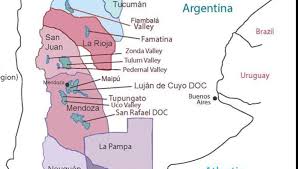 In 1990, Jean Bousquet and his family made a trip to Mendoza, Argentina, specifically to the Gualtallary Valley to learn about the region. The Gualtallary Valley is situated high up in the Tupungato district of the Uco Valley with altitudes that reach up to 5,249 ft. Bousquet was impressed with the region’s unique characteristics and qualities even though the land was barren of vines. Back then the area was considered too cold for growing grapes and the very idea of planting vines was shrugged off by the locals. However, Bousquet had a vision to turn the cool climate land into a winery and vineyards to make organically grown wines. The photos below show the land prior to 1990 and the winery today. Having divested almost everything he owned, including the family winery and vineyards in France, Bousquet purchased 998 acres in 1997 in the Gualtallary Valley in Tupungato. Sitting at an altitude of 4,000 feet, it is considered one of the highest altitude vineyards in Mendoza and the world! And so the Bousquet family began their new life in Argentina at Domaine Bousquet. “The objective of the Bousquet family was to unite our tradition of European wine making with the ideal agricultural conditions in Mendoza.” Bousquet realized from the get go that with the low amount of rainfall in this region, he would need a water source. So, in 1998 they began digging a 495 ft. well, which took two years to complete. Between the drip irrigation system and desert like conditions, they control the amount of water needed to produce grapes with lower pH, resulting in beautifully balanced wines. His first vintage was released in 2005. Bousquet’s daughter Anne and her husband Labid al Ameri, who were living in Boston, became involved with the company after visiting Argentina in 2002. After numerous trips back and forth and Labid joining his father-in-law full time in 2005, they finally moved to Tupungato in 2009. Anne and Labid became full owners in 2011, bringing with them their shared philosophy on organic and economic sustainability. With Anne’s background as an economist, she assists in financial planning, day-to-day operation management and business development. Labid has a degree in Finance and in 2005 he created the commercial structure for Domaine Bousquet, which now has a brand presence in over 50 countries. With the benefits of cool climate, sandy soil, controlled water irrigation and healthy organic grapes, it certainly sets the stage for quality wines. I recently had the opportunity to try two wines from Domaine Bousquet, Gaia Red Blend and Gaia White Blend. In Greek mythology, Gaia is the Mother Earth goddess, the ancestral mother of all life. And considering that Gaia wine is all organic, it is a fitting name. The grapes are harvested manually, barrel fermented and aged in French oak. Gaia White Blend 2016 is made with 50% Chardonnay, 35% Pinot Gris and 15% Sauvignon Blanc. The color is a crisp yellow with aromatic notes of soft citrus, floral and pear. It is fresh and lively on the palate with subtle notes of pear, citrus and green apples. The finish is dry with hints of tropical fruit lingering on the palate. This is a perfect wine to serve with oysters, seafood, cheese and fruit. Alcohol: 12.5% SRP: $18 Gaia Red Blend 2015 is made with 50% Malbec, 45% Syrah and 5% Cabernet Sauvignon. The color is dark purple with heady aromas of anise, violet and dark berries. The palate offers silky tannins with dark fruit, dark cherry, hints of spice and white pepper on a long finish. This is a wine that will complement just about any dish from appetizers to dessert! Alcohol: 14.5% SRP: $20 I look forward to trying the other range of wines that Domaine Basquet has to offer, such as their Premium, Reserve and Grand Reserve lines and single bottling Ameri Icon and Dulce.
France + Argentina = delicious wines! Simple math! Cheers! Penina To leave a comment or if you have an inquiry, please contact me at [email protected] 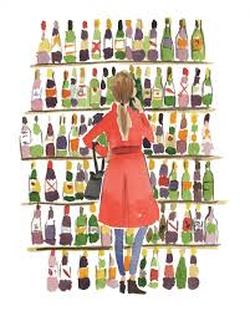 Whenever I see a wine store, I like to go in and peruse the shelves. It is a fun way for me to discover and learn about lesser-known wines. On this particular day, I was looking to see what the store had to offer for under $15. When I reached the Italian section, I saw a bottle of Ninety+ Cellars Chianti Riserva selling for $11.99. I must admit that I was not familiar with the label, but I was intrigued by the accolades that the wine store owner was giving it. So, I decided to purchase a bottle and see for myself. First of all, Ninety+ Cellars is a wine brand based in Boston, MA. Founded by Kevin Mehra in 2009 and with Wine Director Brett Vankoski at the helm, their concept is to buy a percentage of a winery’s production for a reduced price, bottle it in Ninety+ Cellars bottles and sell the wine for less. The website states, “We are a modern day wine négociant–working with highly rated wineries and vineyards to curate a portfolio of fine wines from all over the globe”. Every wine bottle is given a lot number and has the 90+ stamp of approval. Their wine portfolio includes Napa Valley, New Zealand, Italy, and France. Wines range in price from $10 to $40. 90+ Cellars Classic Series Chianti Riserva 2013 Lot 144 Sangiovese grapes are sourced from the Chianti region of Tuscany. The wine spends three years of maturation before release and therefore is given the Chianti DOCG Riserva label. The color is ruby with aromas of cherry, spice and floral notes. The palate offers red fruit, spice, with hints of white pepper and oregano on the finish. Mild tannins, beautifully balanced and impressive for the price. Alcohol: 13% SRP: $11.99 It’s hard for me to pass up a wine store, bookstore or knitting shop!
Have a great weekend! Cheers! Penina To leave a comment or if you have an inquiry, please contact me at [email protected] 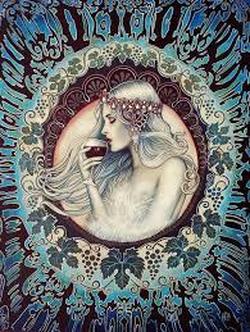 On the eve of the summer solstice in June, I wrote about Ferraton Père & Fils flavorful Samorëns Rosé 2016 and Samorëns Blanc 2016. And now that we are just fifteen days away from the winter solstice, I decided it was time to open a few reds from Ferraton Père & Fils. Ferraton Père & Fils estate is located in Tain l’Hermitage in Southern France and was founded in 1946 by Jean Orëns Ferraton. His son Michel, inheriting the same passion as his father, introduced the first Hermitage, Crozes-Hermitage and Saint-Joseph wines to the world. Michel Chapoutier, a highly regarded winemaker and close friend of the Ferratons’ introduced organic viticulture to the vineyards in 1998 and he eventually formed a partnership with the Ferratons. By the year 2000, all of the vineyards were converted to biodynamic farming and are now certified organic. What began in 1946 as a .3 hectare estate (some of these vines still produce fruit), Ferraton now has an annual production of about 350,000 bottles and is headed by oenologist Damien Brisset. La Matinière Crozes-Hermitage 2015 is 100% Syrah. Crozes-Hermitage is the largest appellation in the Northern Rhône and is known for its exceptional Syrahs. The grapes for the La Matinière are sourced and blended from a mix of estate and neighboring vineyards in the Mercurol and Beaumont-Monteux districts of central and southern Crozes-Hermitage. The wine is the color of dark plum bordering on purple. It is very aromatic, filling the nose with cherry, dark berries, spice and earth. The palate offers a beautiful dance of dark cherry, red berries, pomegranate, pepper and cocoa. Smooth tannins with a long finish of cherry, plum and pepper add a nice kick to the finale. This is a versatile wine when it comes to pairing with food! Alcohol: 13% SRP: $23 Côtes-du-Rhône is in the Southern Rhône. The region enjoys a Mediterranean climate conducive to grape growing which also reflects in the characteristics of the wine. Samorëns Côtes-du-Rhône Red 2015 is a blend of 85% Grenache, 10% Syrah and 5% Cinsault. The grapes are sourced from estate and smaller growers mostly located in the Northern Rhône. The color of the wine is dark ruby with aromas of lush red fruit, cherry, raspberry, floral and spice. The palate offers tart cherry, raspberry, fennel and pepper. It has a lovely mouthfeel with spice and pepper on a long finish. At $14 a bottle, this is a steal! Will pair well with pasta, meats and hearty fish. I popped a chocolate kiss in my mouth and took a sip of the wine. Wow! Alcohol: 14% SRP: $14 All of these wines, including Samorëns Rosé and Samorëns Blanc, will drink beautifully at any time of the year. Don’t limit your selection of wine based on what season it is. Be adventurous and have some fun with mixing it up a little. I have white and rosé wine chilling in the refrigerator all year long!
Cheers! Penina To leave a comment or if you have an inquiry, please contact me at [email protected] If you celebrated Thanksgiving, I hope that it was wonderful. My table was graced with family, friends, too much food and some lovely wines. These were the most popular wines of the evening. The 2013 Laetitia Estate Pinot Noir is from the Arroyo Grande Valley, Central Coast, CA. Laetitia Vineyard & Winery is located in Southern San Luis Obispo County and is comprised of over 600 acres of vines. The first grape plantings were established in 1982 by French viticulturists from Epernay, France. In 1998, Selim Zilkha, owner of a wind power development company, bought the Laetitia property. With the expertise of Head Winemaker Eric Hickey and Vice President of Vineyard Operations, Lino Bozzano, they produce high quality wines with an emphasis on sustainability. Although the estate is widely known for their Méthode Champenoise sparkling wines, the Pinot Noir is an attention getter. The Laetitia Estate Pinot Noir is impressive. The color is cherry red with delicious aromas of raspberry, cherry, floral and spice. The palate is layered with soft fruit, cherry, pomegranate, spice, cocoa and hints of oak. It paired well with the turkey and a variety of side dishes. In fact, I enjoyed sipping it with a decadent ganache filled chocolate cake. This wine was truly good to the last drop! Alcohol: 13.9% SRP: $25 Hands down, Donnafugata’s 2016 SurSur won the hearts of the white wine drinkers. SurSur is made with 100% Grillo grapes, an ancient indigenous variety from Sicily. These grapes were harvested from Donnafugata’s Contessa Entellina Estate Vineyard located in the Southwestern part of Sicily. I have tasted and reviewed the 2014 and 2015 SurSur vintages. By clicking “Donnafugata” on the menu found on the right side of this page, you will find many stories, history and wine reviews for Donnafugata. The 2016 SurSur is pale yellow with playful aromas of citrus, pineapple, floral and tropical fruit. The palate offers a nice balance between citrus and light stone fruit and moderate acidity with a nice dose of minerality. This is a bright and refreshing wine with just the right amount of dryness on the finish that made it compatible to our Thanksgiving feast! Alcohol: 12.5% SRP: $20 Both wines are available in the USA and abroad. Until next time…
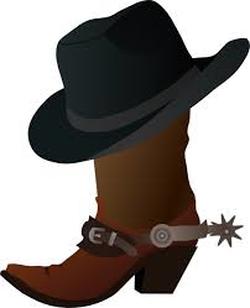 When I got the invitation to attend a seminar and walk around tasting of Texas wines, the first things that came to mind were cowboys, boots, the Alamo and rodeos. Wine was definitely not on my radar. However, after participating in an educational seminar and tasting some delicious wines, I’ve got a whole new outlook on Texas! Texas is the second largest U.S. state. To give you an idea of just how large it is, take a look at this map of Texas superimposed over an area of Europe. Texas is huge! However, only a small portion of the state is devoted to making wine. In fact, only about 1% of Texas land is suitable for growing grapes, but that area is larger than the total planted area of France! Texas wine production dates back to the 1650s when Franciscan priests planted vines for making sacramental wines. After prohibition ended, Texas didn’t see a resurgence in the wine industry until the 1970s. It is only in the last decade that Texas wine growers are truly seeing the “fruits of their labor” with improvements in quality and also winning numerous national and international medals and awards. The numbers of visitors on the main Texas wine trail rank second as the most popular wine route in the U.S. The two major growing regions in Texas are Texas High Plains and Texas Hill Country. Texas High Plains AVA (American Viticultural Area) is the second largest AVA in Texas and is located in the northwest region of the state where 75% of the state’s grapes are grown. There are approximately 5000 to 6000 acres currently under vine. Over forty varieties of grape are planted at 2,500 to 4000 ft. above sea level in soils of sandy loess over caliche (limestone). The climate is continental with low humidity. Texas Hill Country AVA is located mid-state and is the largest AVA in the state with over sixty producing wineries and is considered the center for Texas wine industry. Of the nine million acres in this area, approximately 800 acres are planted vineyards. The climate is humid and more subtropical during the growing season so fewer vineyards exist here. The soil is mostly limestone but there is lots of rocky soil as well. The Texas Wine Trail is here and tourism is growing in leaps and bounds. Grape varieties abound such as Cabernet Sauvignon, Chardonnay, Merlot, Syrah, Tempranillo, Sangiovese, Riesling, Picpoul, Viognier and Souzão. I tasted single-varietal and blended wines from fourteen wineries that were represented at the event. Speaking in generalities, the red wines from the High Plains have concentrated flavors with soft to medium tannins. The whites are quite aromatic with delicate flavors and low acidity. Reds from the Hill Country tend to be a bit more tannic, but I find they also have more depth. The whites are aromatic with nice minerality. The wines of Texas are impressive. All the owners and winemakers that I met transferred their enthusiasm to me when describing their wine. As I was told at the seminar, “making wine started as a ‘lifestyle’ for many, but now it is their ‘life’s passion”. And it truly shows! I look forward to visiting Texas Wine Country soon. Here are links to the 14 wineries. I encourage you to explore, read their stories and hopefully order a bottle or two or three of wine. At a later date, I’ll go into more depth on some of the wineries and review their wines as well. www.barzwines.com www.bendingbranchwinery.com www.edenhill.com www.fcv.com www.hilmywine.com www.lewiswines.com www.llanowine.com www.losdrawcellars.com www.messinahof.com www.pedernalescellars.com www.spicewoodvineyards.com www.weddingoakwinery.com www.westcavecellars.com www.williamchriswines.com So, the next time someone mentions Texas to me, I can assure you that ‘wine’ will be the first thing that comes to my mind!
Cheers! Penina To leave a comment or if you have an inquiry, please contact me at [email protected] Susana Balbo is the founder and owner of Susana Balbo Wines in Argentina. Susana is not only the most well-known Argentinian female winemaker globally, but she is also the first female enologist in Argentina! With over thirty years experience in the wine industry, Susana has built an impressive career and produces some outstanding wines. From an early age, Susana strayed from wanting a traditional “female” education by electing to study nuclear physics in Bariloche. However, her parents would not let her leave Mendoza to pursue this path. So, Susana made a decision to follow the family’s wine business and in 1981, she graduated from Don Bosco University with a degree in oenology, becoming the first female enologist in Argentina and challenging the male-dominated wine industry in Mendoza. Susana’s career began at Michel Torino winery in the Salta province where she made her first wine, which was the first vintage of Torrontés from Salta in 1983. She then continued on to work at many other well-regarded wineries and also worked as a consultant winemaker for national and worldwide wineries before “birthing” Susana Balbo Wines in 1999. Her first vintage was released in 2002. 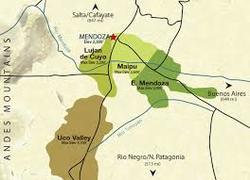 Susana Balbo Wines is located in Luján de Cuyo, Mendoza in western Argentina close to the Andes Mountains. Due to the close proximity of the Andes, the vineyards are subject to a hot, dry climate during the day and cool alpine winds in the evenings, thus allowing the grapes to develop and ripen slowly while reaching full tannic ripeness and maintaining their acidity. In addition to Susana’s two children, José, winemaker and Ana, Marketing Manager who joined the team in 2011 and 2012, esteemed winemaker and viticulturist, Edy del Popolo is also on board. With state of the art technology and a nonstop commitment to seeking innovative ways to enhance her winemaking, Susana continues to produce fresh, light and elegant wines. In addition to being renowned throughout the world for her wine-making talents and single vineyard wines, Susana is also a global ambassador for Argentina. In 2014 she was elected to serve a third term as President of Wines of Argentina. Susana produces four brands of wine that include CRIOS, Susana Balbo, Nosotros and Benmarco. I recently received five bottles of CRIOS wines that include three reds, a white Torrontés and a Rosé of Malbec. CRIOS is “the cutting edge” brand by Susana Balbo and wines are priced at $15. Although this brand was created for the Millennials and Gen X generations, these wines will appeal to a broad range of age groups. CRIOS is harvested from specific areas of Mendoza and Salta. I’m going to start with my thoughts on the Torrontés and Rosé of Malbec. My next post will focus on the reds. The 2016 CRIOS Torrontés Argentina is 100% Torrontés. The grapes are hand-harvested from the Cafayate (Salta) and Uco Valley (Mendoza) regions. The color is pale yellow with green highlights. The nose offers floral notes, pear, citrus and hints of vanilla. The palate has a beautiful texture with pear, green apple and lemon zest on the finish. This wine is perfectly balanced, crisp and fresh. It is the #1 selling Torrontés in the US! Alcohol: 13% The 2017 CRIOS Rosé of Malbec is 100% Malbec. The grapes are hand-harvested from the Uco Valley region. The color is deep pink bordering on cherry. The nose offers lush berries, especially strawberry and a hint of caramel cream that segues onto the palate with a hint of spice. Sour cherry and candied apple bring home the finish. A nicely balanced, dry Rosé …wonderful! Alcohol: 12% I’m looking forward to opening the CRIOS reds and I’ll share my thoughts with you in my next post.
Until then… Cheers! Penina To leave a comment or if you have an inquiry, please contact me at [email protected] For the past few weeks I’ve been slowly making my way through an assortment of wines that Fondo Antico winery sent to me from Sicily. As I wrote in an earlier post, Fondo Antico winery was established in 1995 and is owned by the Polizzotti-Scuderi family that is now in its sixth generation of winemaking. The estate is located in the village of Rilievo, between Trapani and Marsala, in western Sicily. They have 80 acres of vineyards planted with vines such as Grillo, Nero d’Avola, Catarratto, Perricone and Syrah in addition to olive and lemon trees. Fondo Antico loosely translated means “ancient background” and refers to the winery’s history and strong tradition of making wine. Their logo is a branch of Corallium rubrum, (red coral) a local species of the Mediterranean that was considered a symbol for averting evil influences or bad luck and was also a source of local livelihoods between the 14th and 15th century. The coral preserves marine biodiversity and Fondo Antico protects the Sicilian native species and its territory, using eco-friendly practices. Syrah is the only international red variety that Fondo Antico produces. And it is a winner! The color of the Syrah 2015 wine is a rich dark purple. Holding the wine up to the light, one can see how purple it is. Also note the small amount of rim variation indicating that the wine is young. The nose offers red fruit, cherry and hints of earth. The palate is layered with red fruit, lush berries, pepper and a touch of strawberry on the finish. This is a medium-bodied wine with medium tannins and will pair nicely with fish or meat. Alcohol: 14% I chose to make a simple meal that paired beautifully with the wine. We grilled salmon with fresh basil, oregano and lemon and grilled corn on the cob. My homegrown tomatoes and avocado rounded out the dinner. 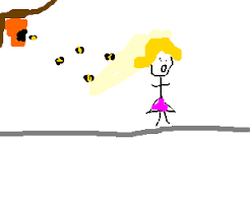 It was a beautiful evening to dine outside, but the yellow jackets were not willing to share the space on my deck. And since I’m not fond of these bees, we retreated to indoors with our food and wine! Have a great day!
Cheers! Penina To leave a comment or if you have an inquiry, please contact me at [email protected] The July 4th festivities have come and gone. The weather was beautiful and perfect for swimming, grilling and watching magical sunsets while sipping wine. One of the wines that we opened was a Fondo Antico 2016 Bello Mio Zibibbo from Sicily. Made with 100% Zibibbo grapes, this delicate wine is the color of pale gold. Characteristic of the grape, the nose offers lush stone fruit and floral with apricot and hints of almond that segues onto the palate. The taste of apricots and almonds linger on a long finish. The wine has low residual sugar, is nicely balanced and has just the right intensity to complement light food and desserts. We drank it as an aperitif. Alcohol: 12% If you would like more information regarding Fondo Antico or Zibibbo grapes, please check out some of my stories that were recently posted.
Have a beautiful day! Cheers! Penina To leave a comment or if you have an inquiry, please contact me at [email protected] |
Categories
All
|

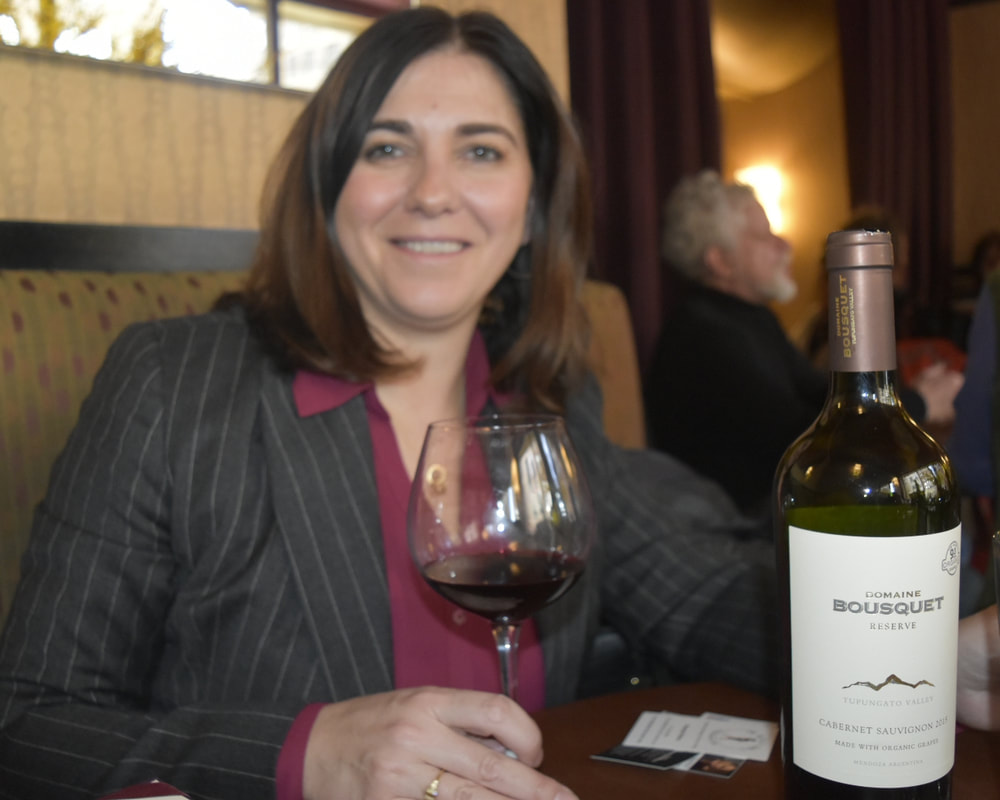
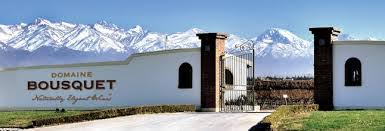
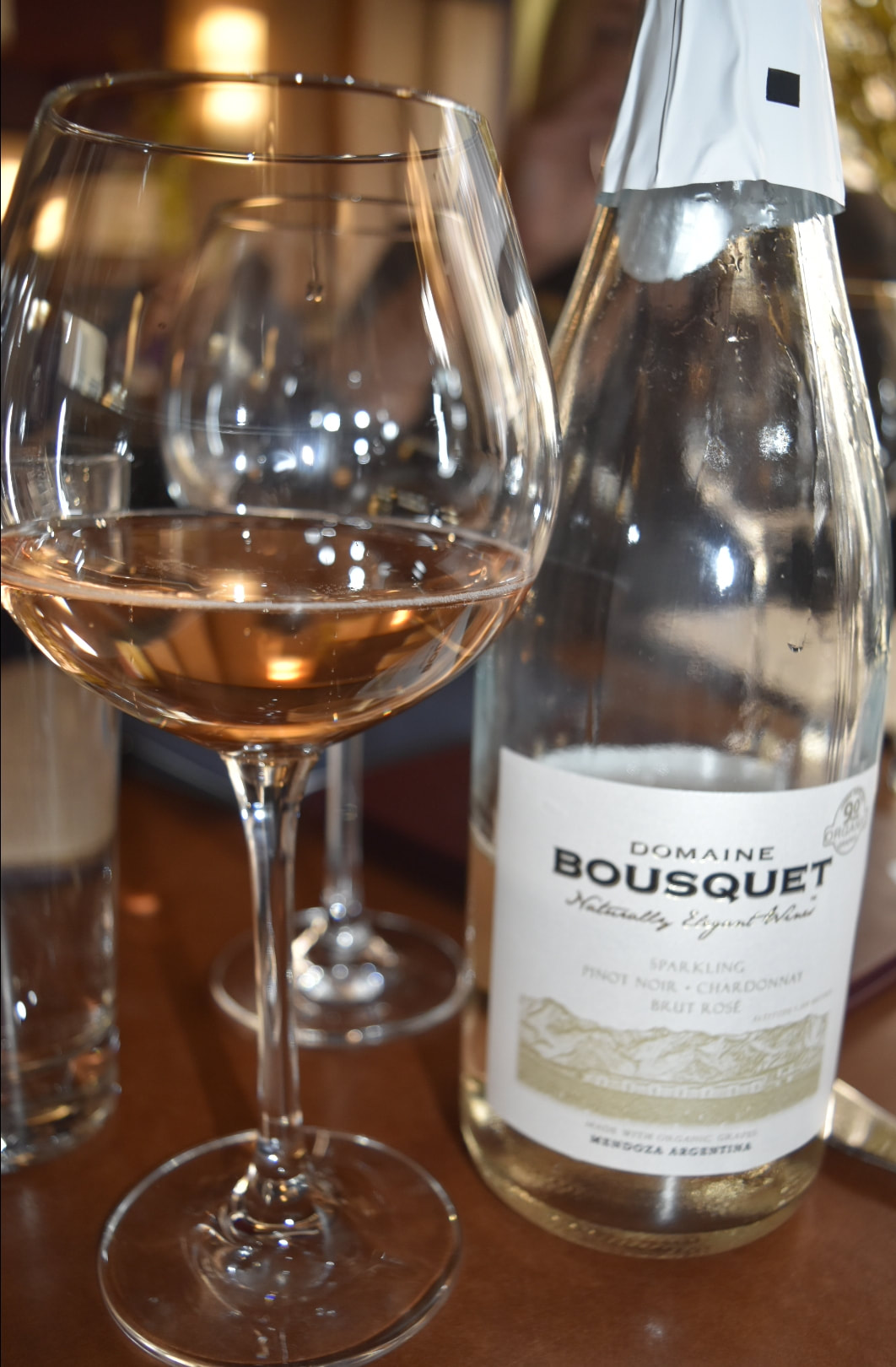
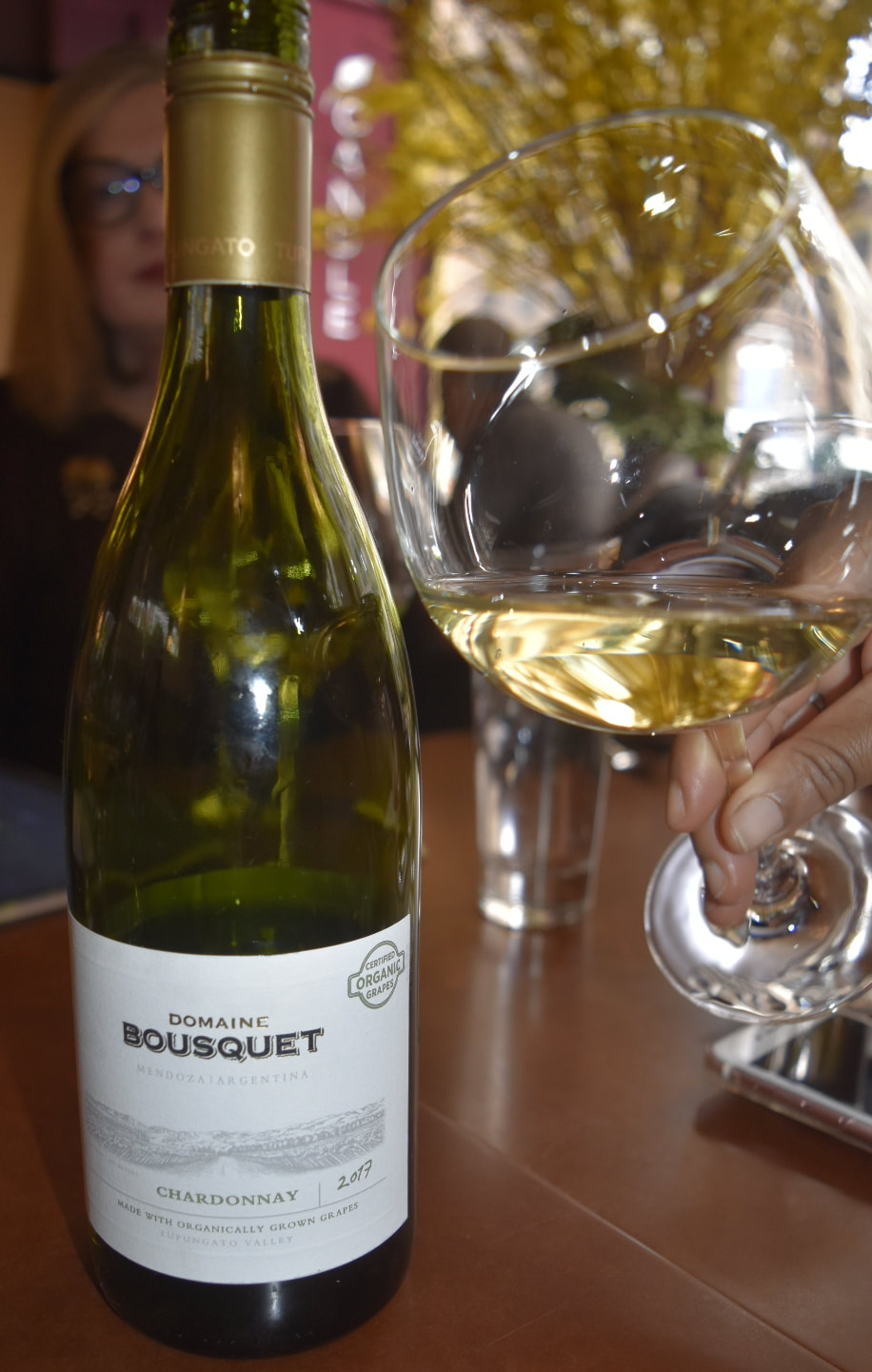
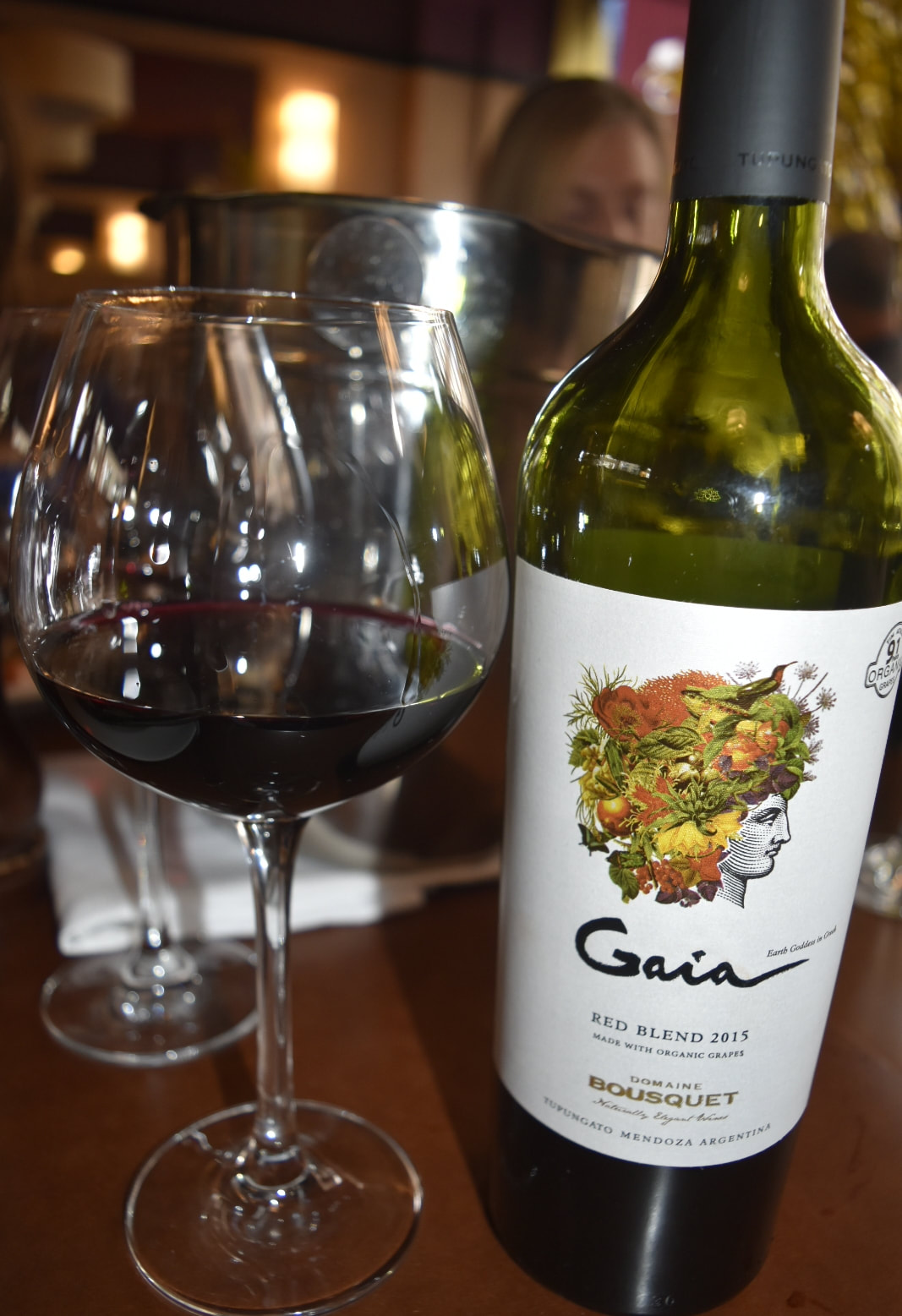
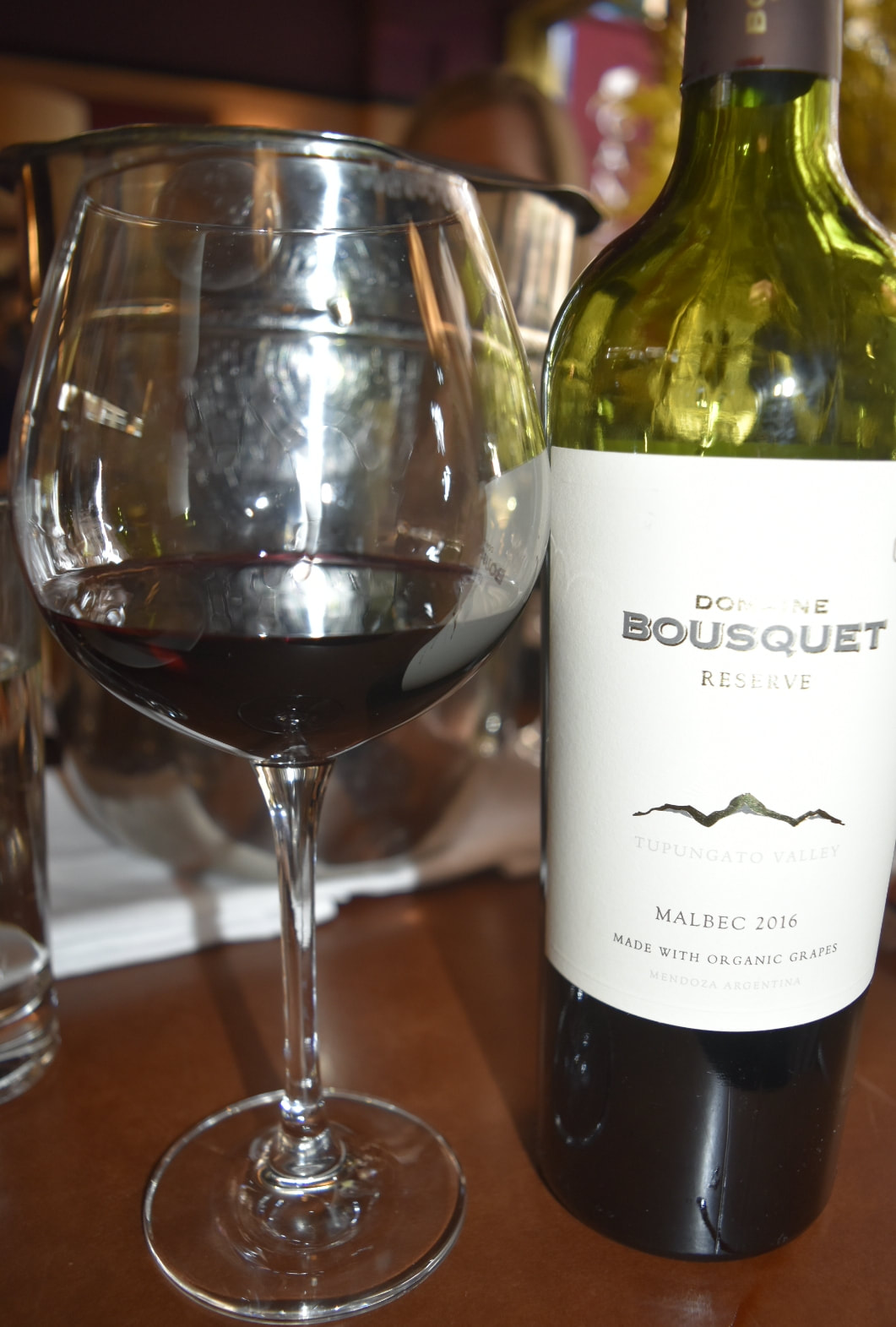
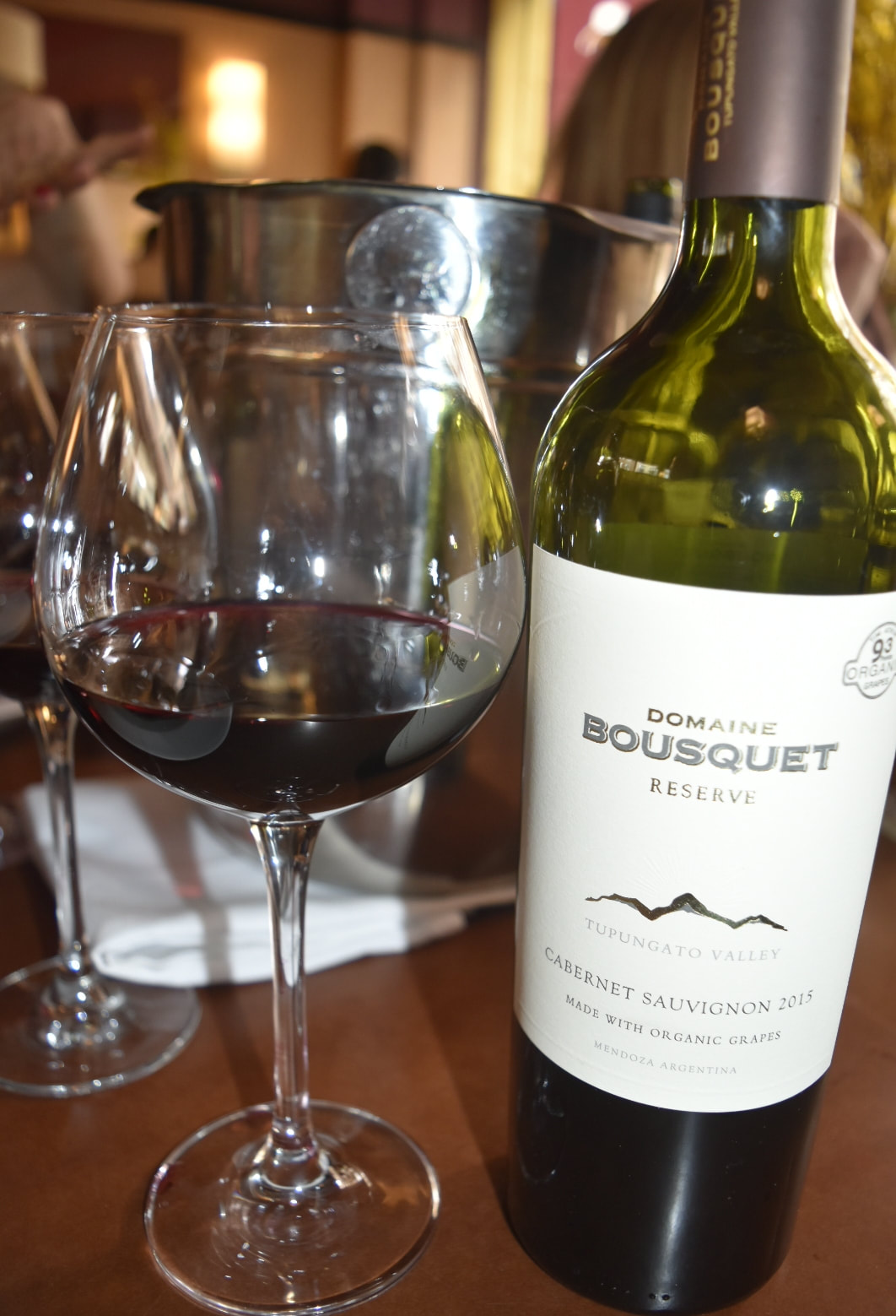
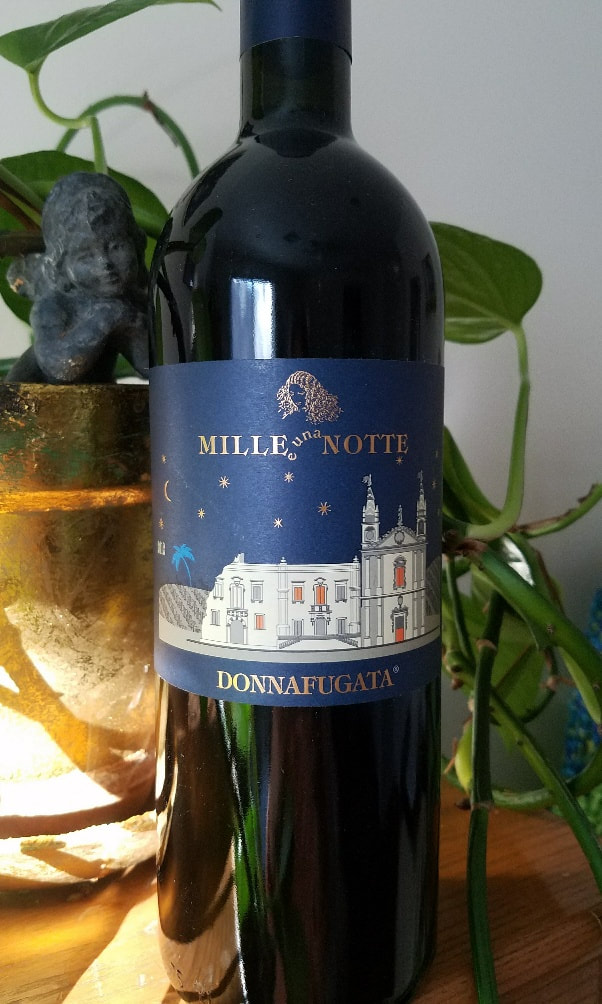
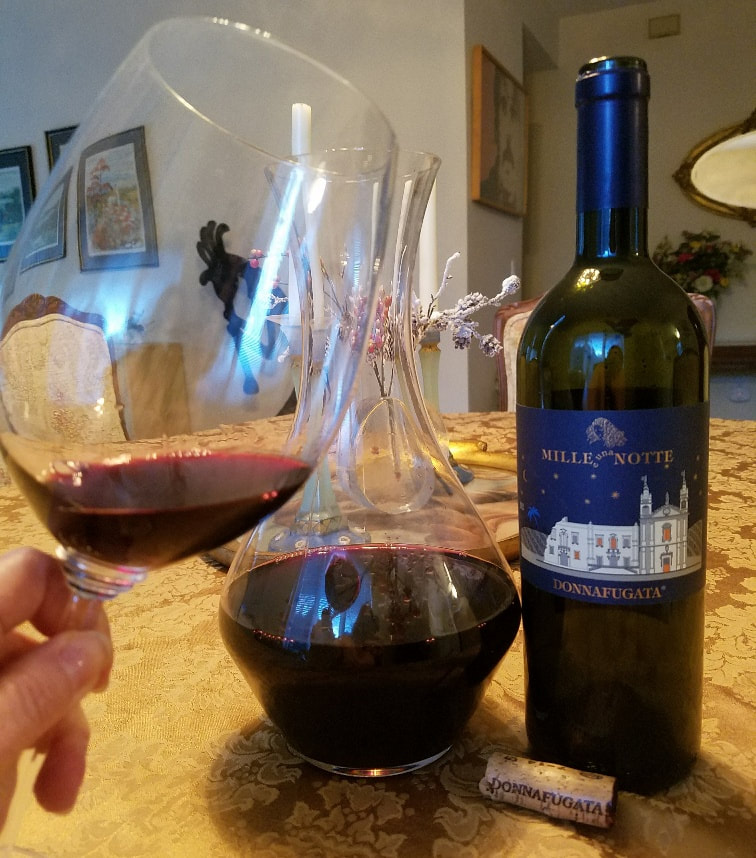
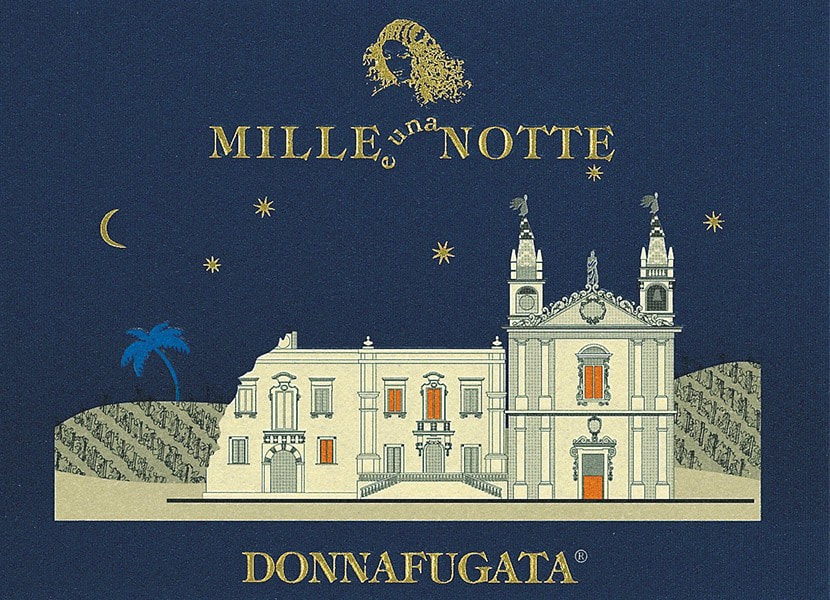
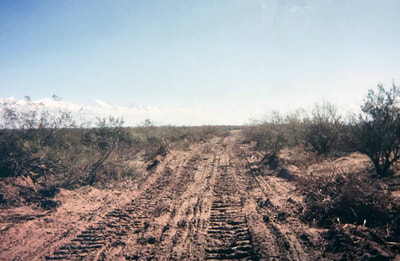
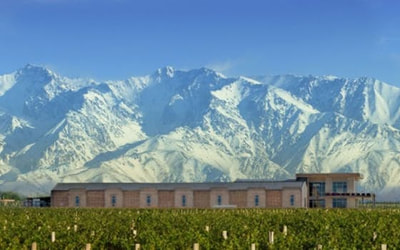
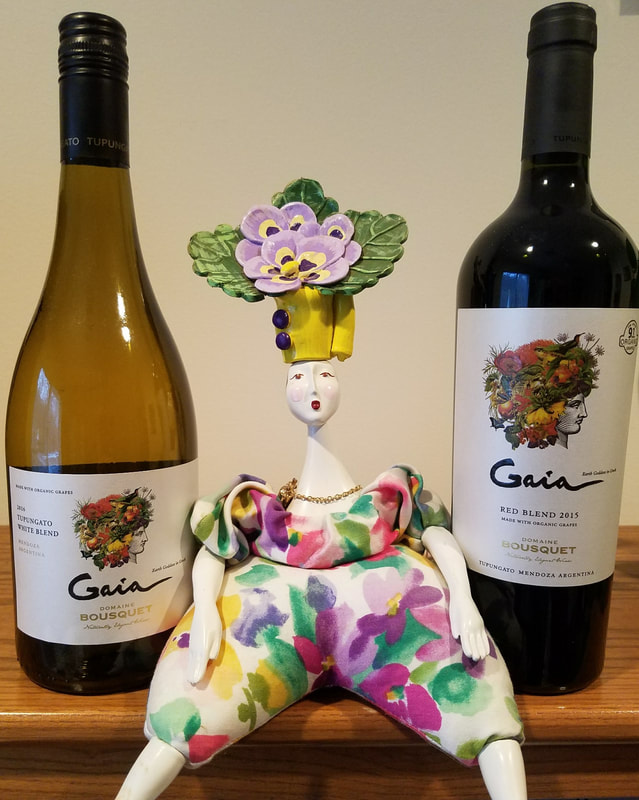
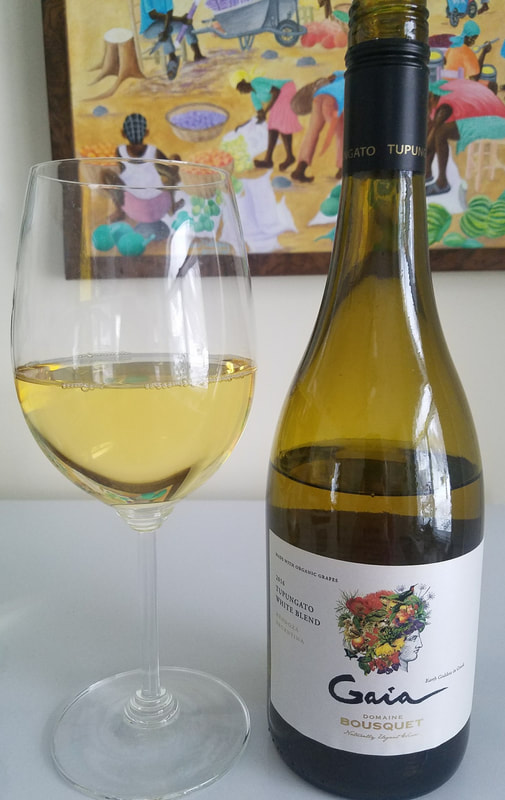
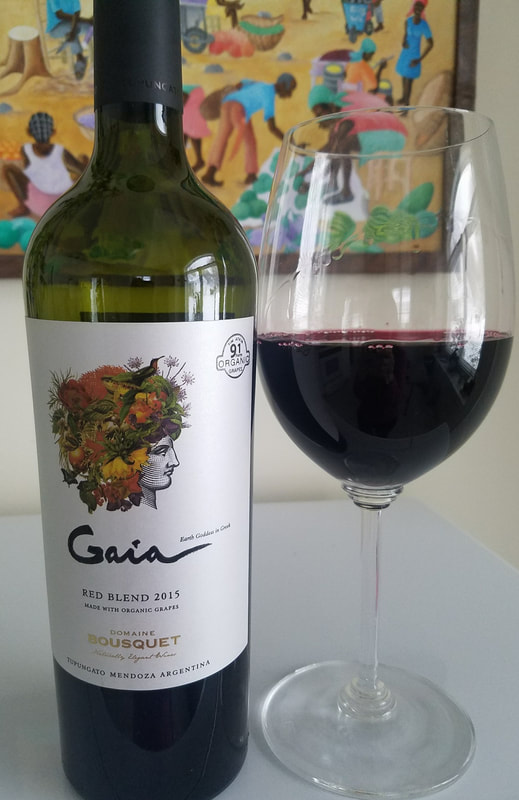
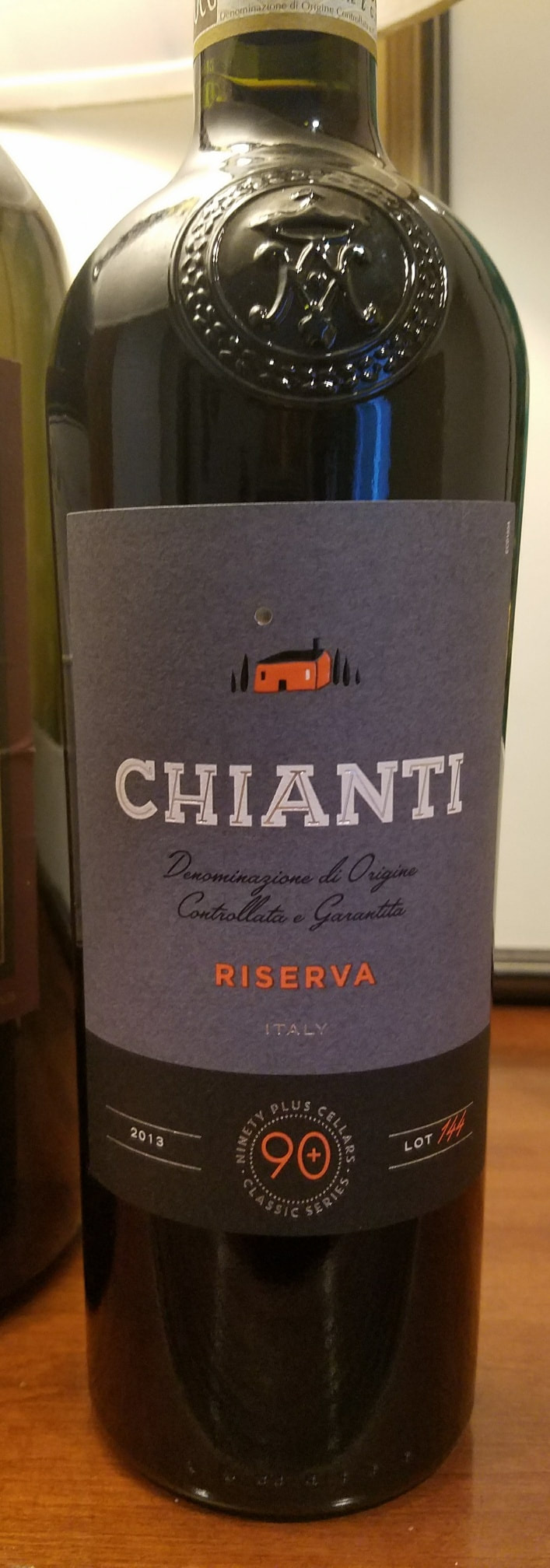
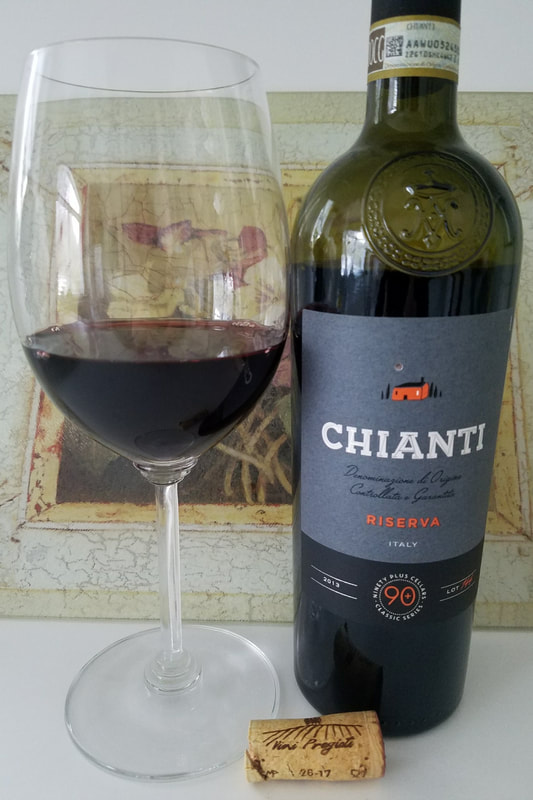
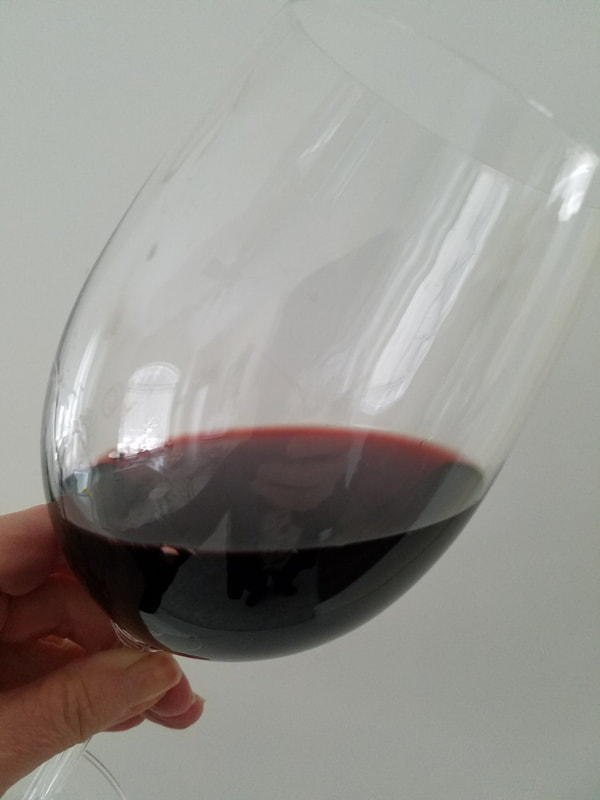
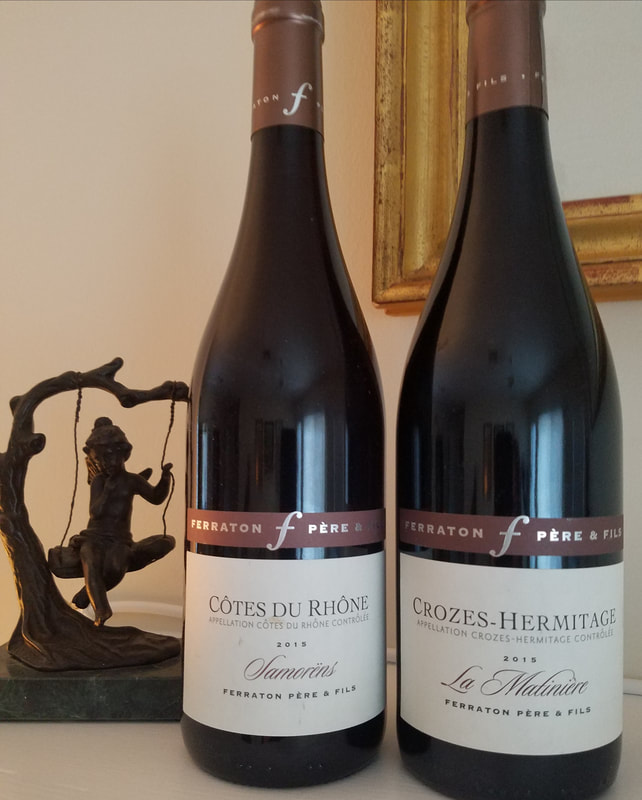
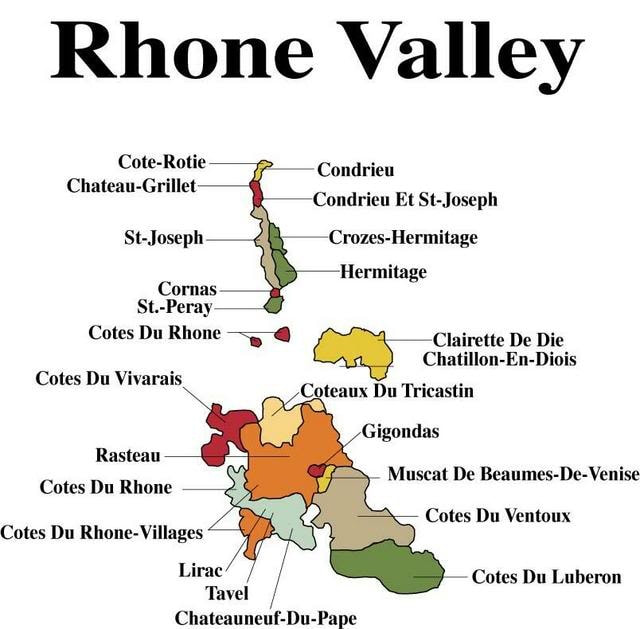
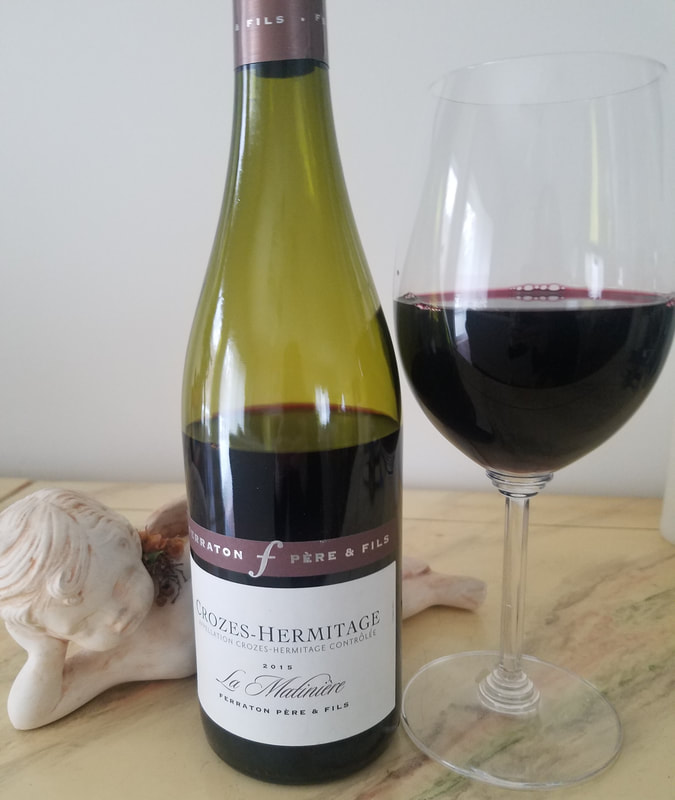
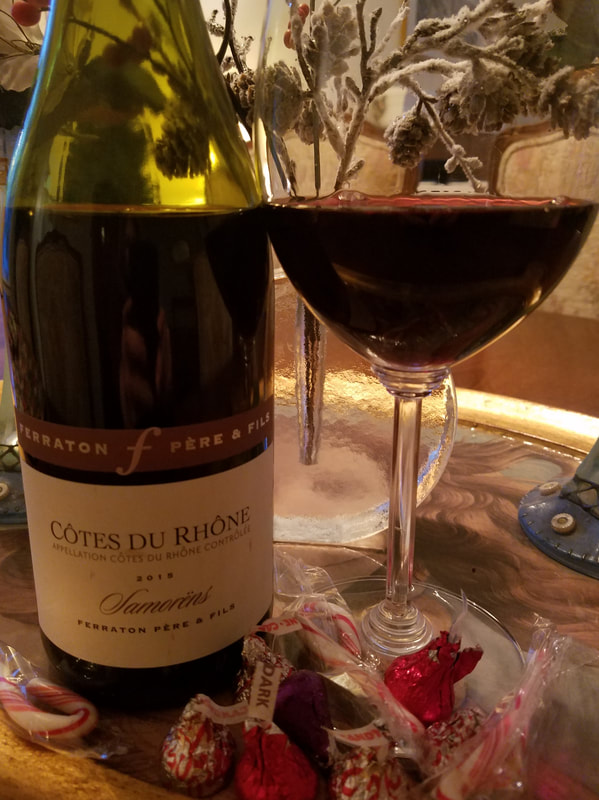
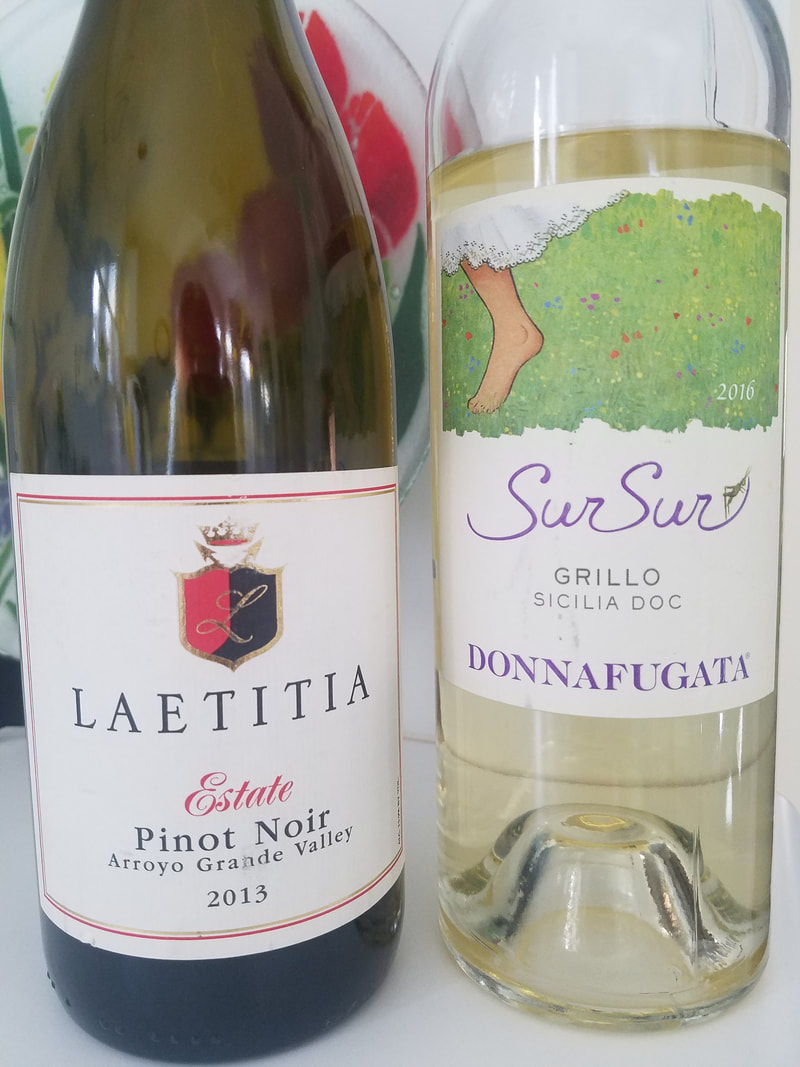
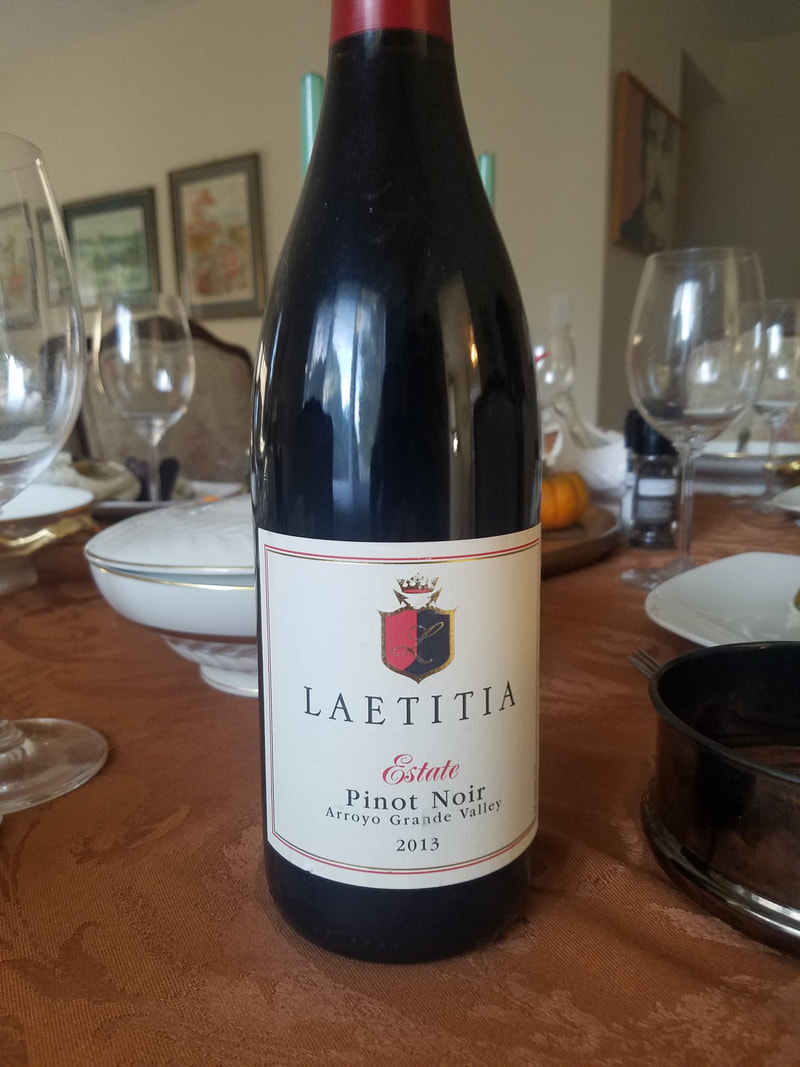
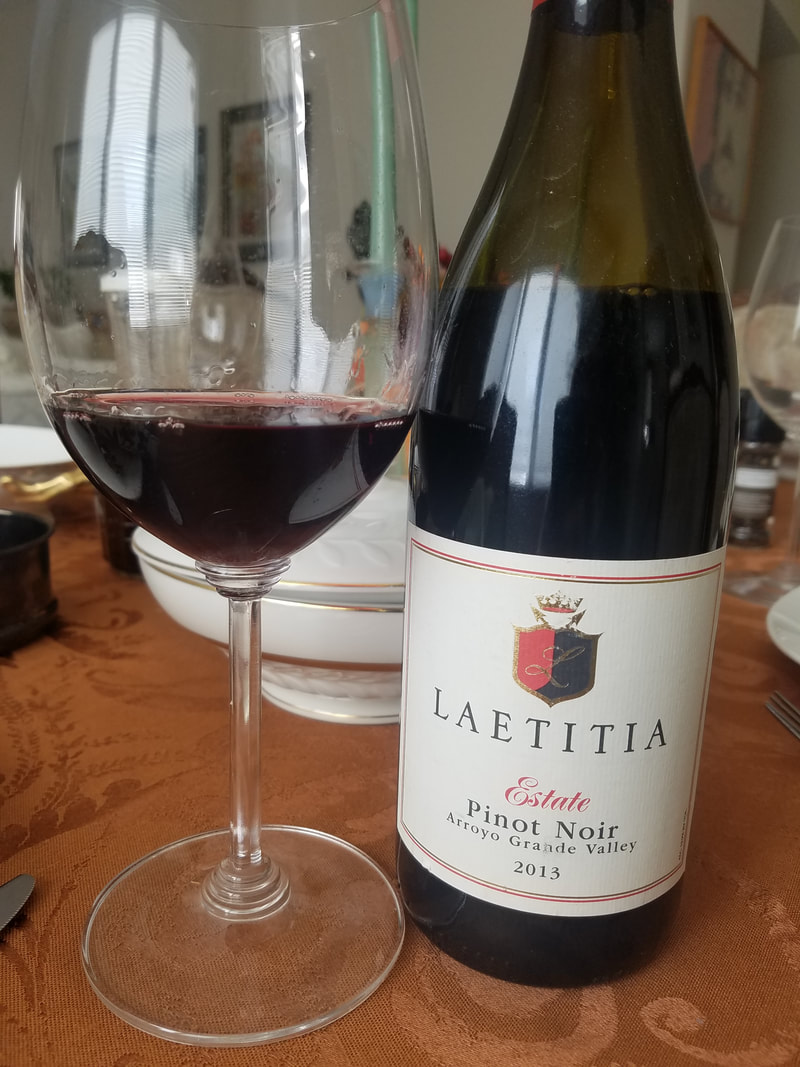
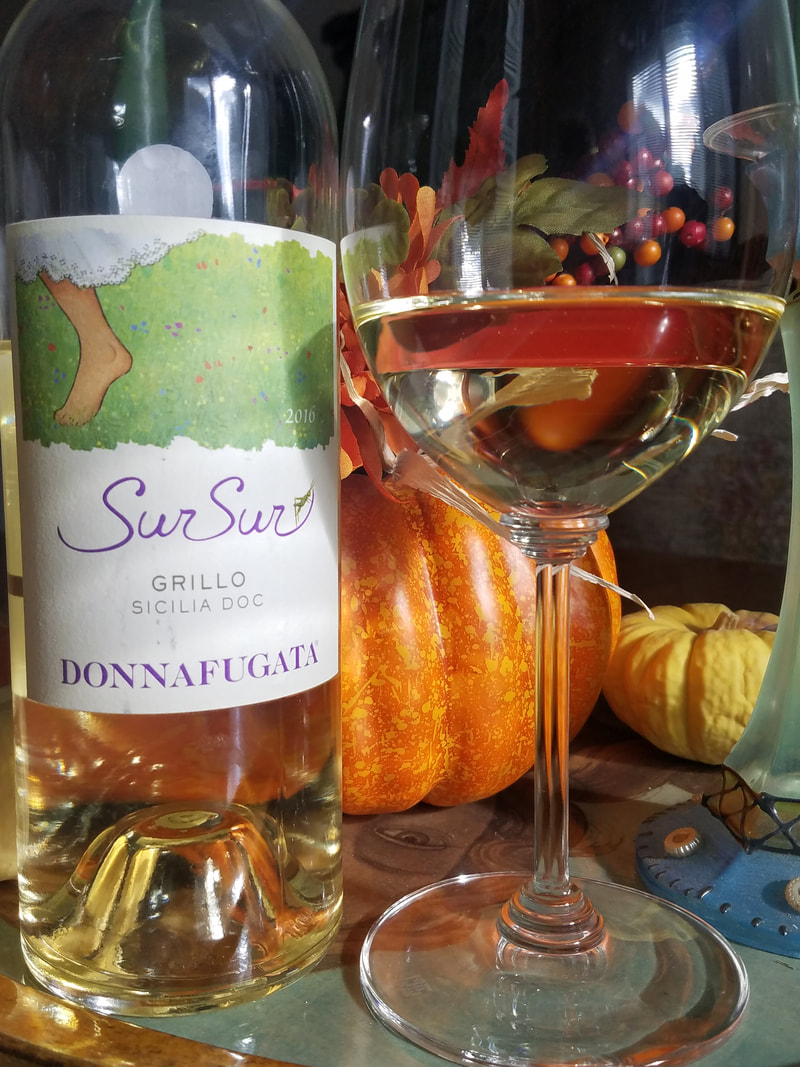
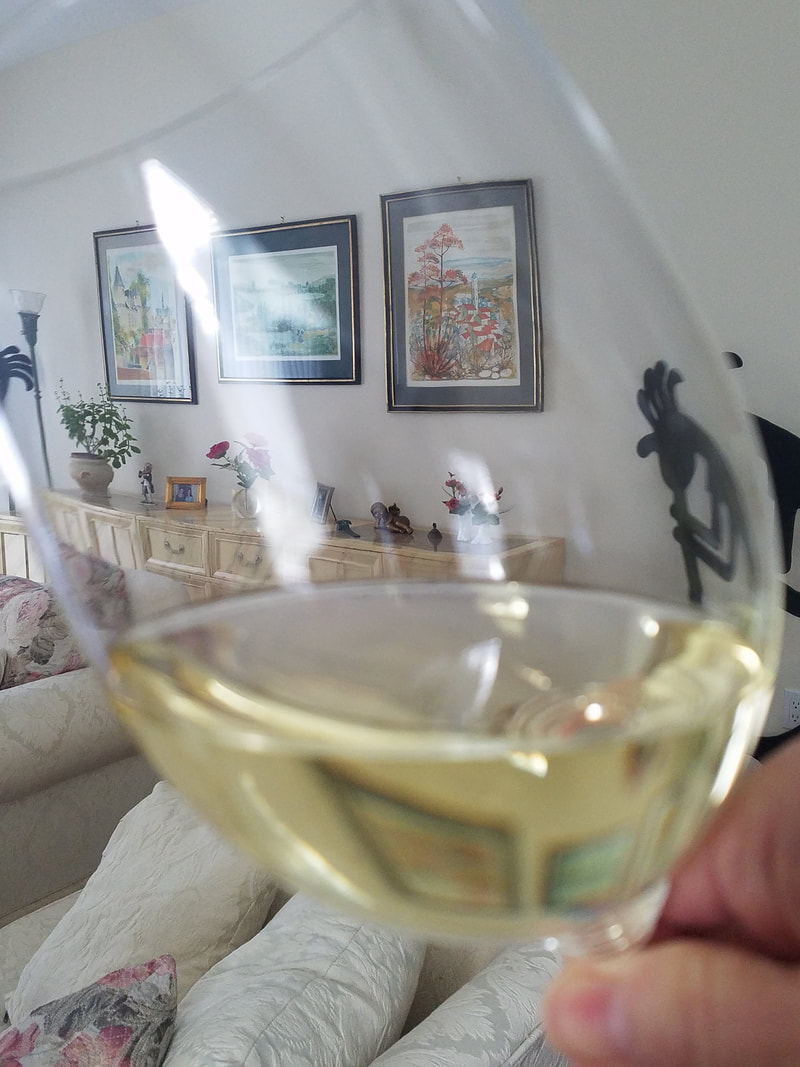
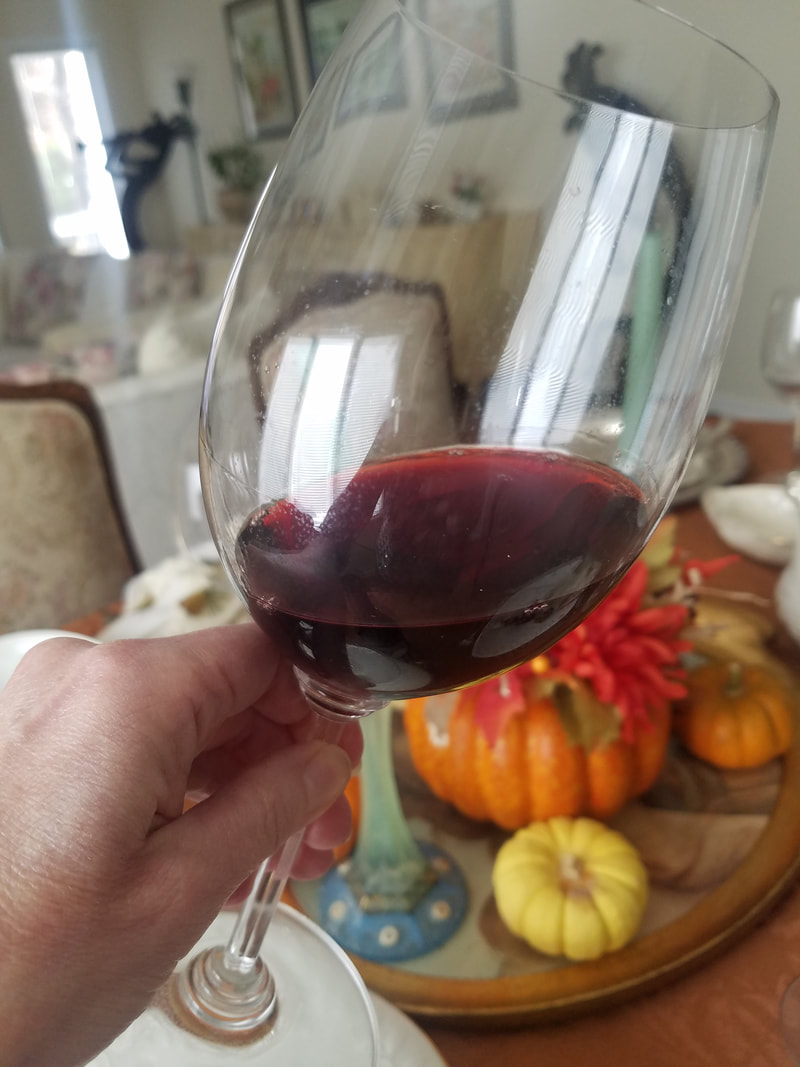
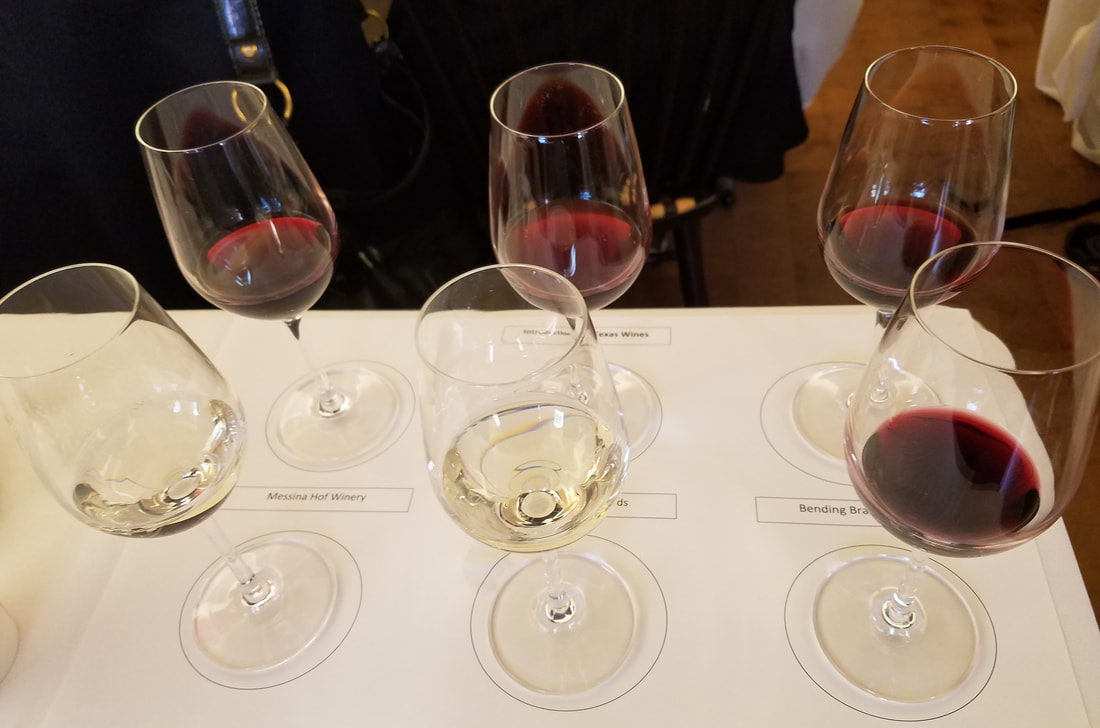
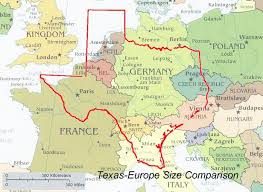
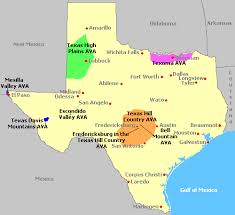
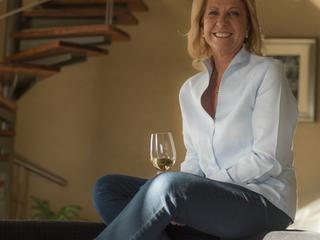
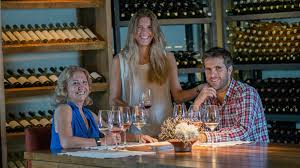
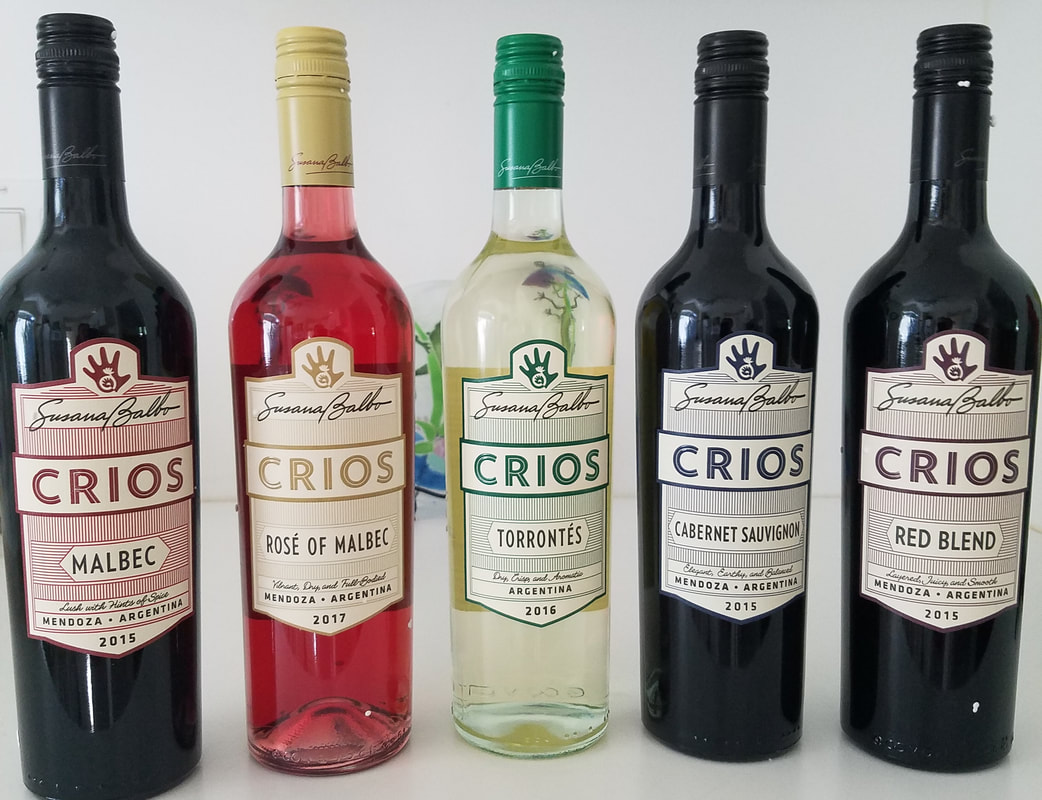
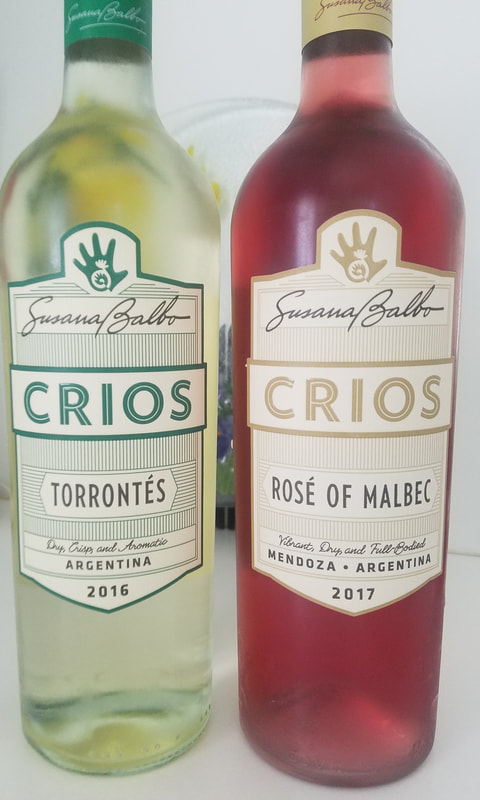
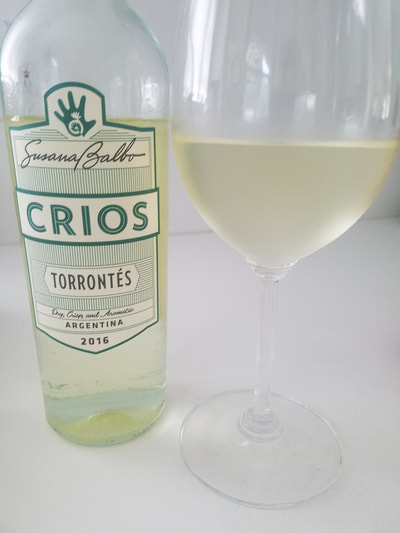
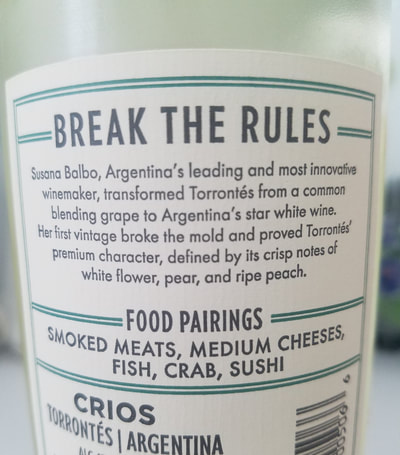
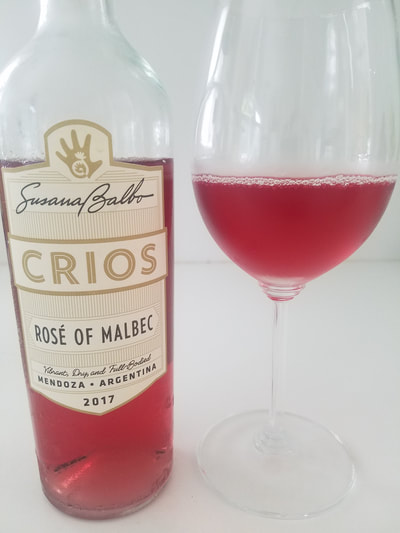
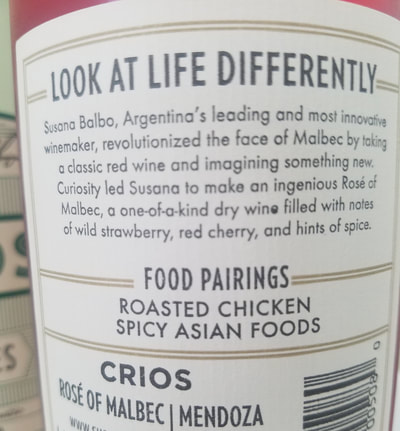
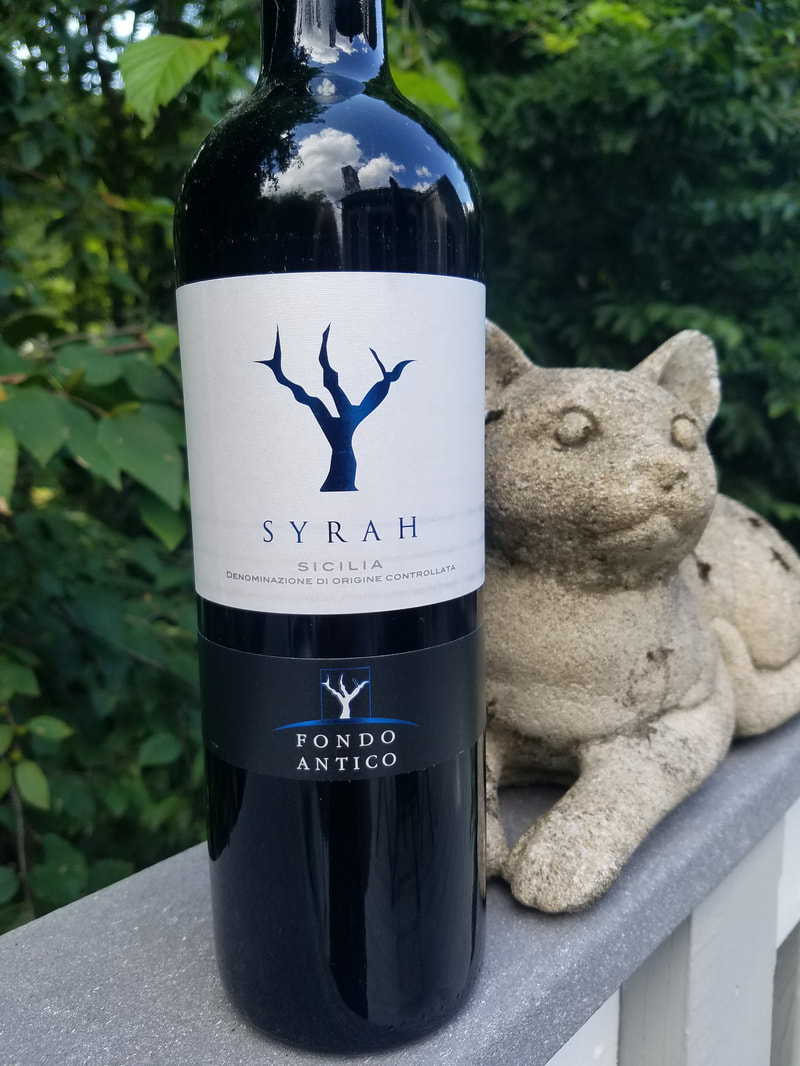
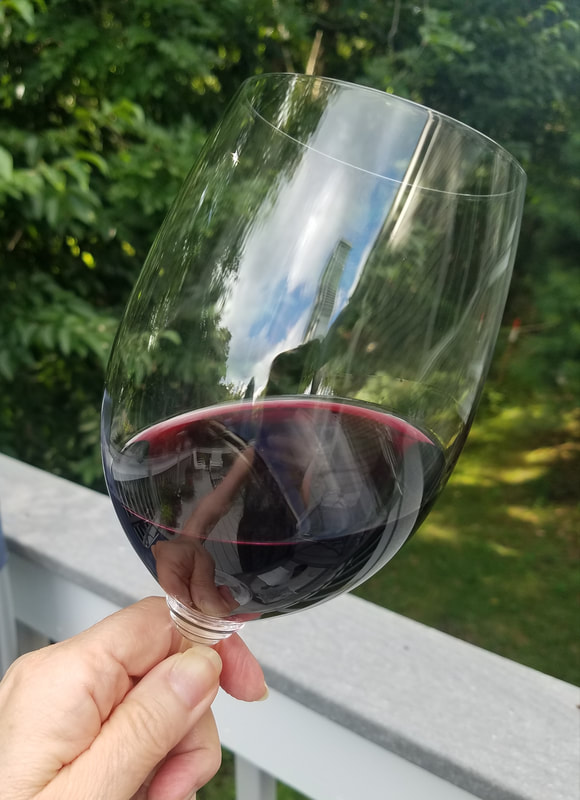
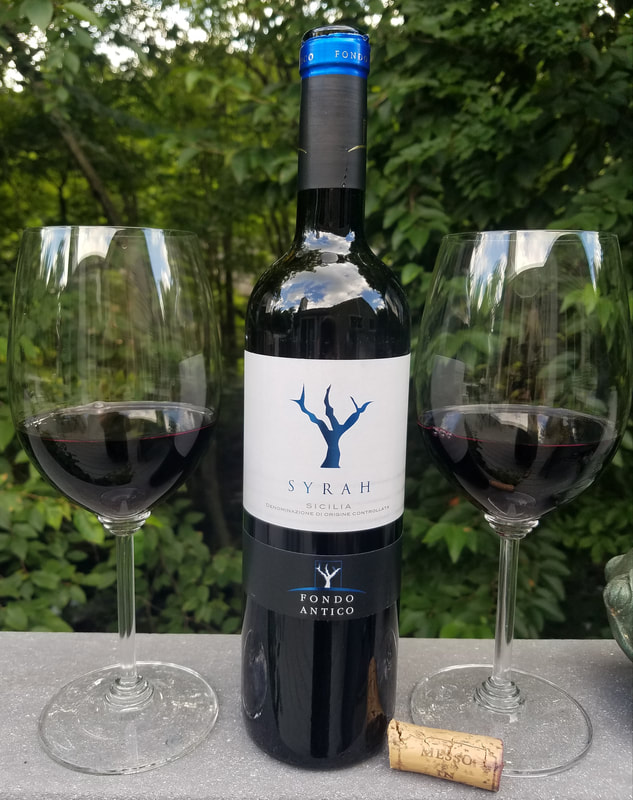
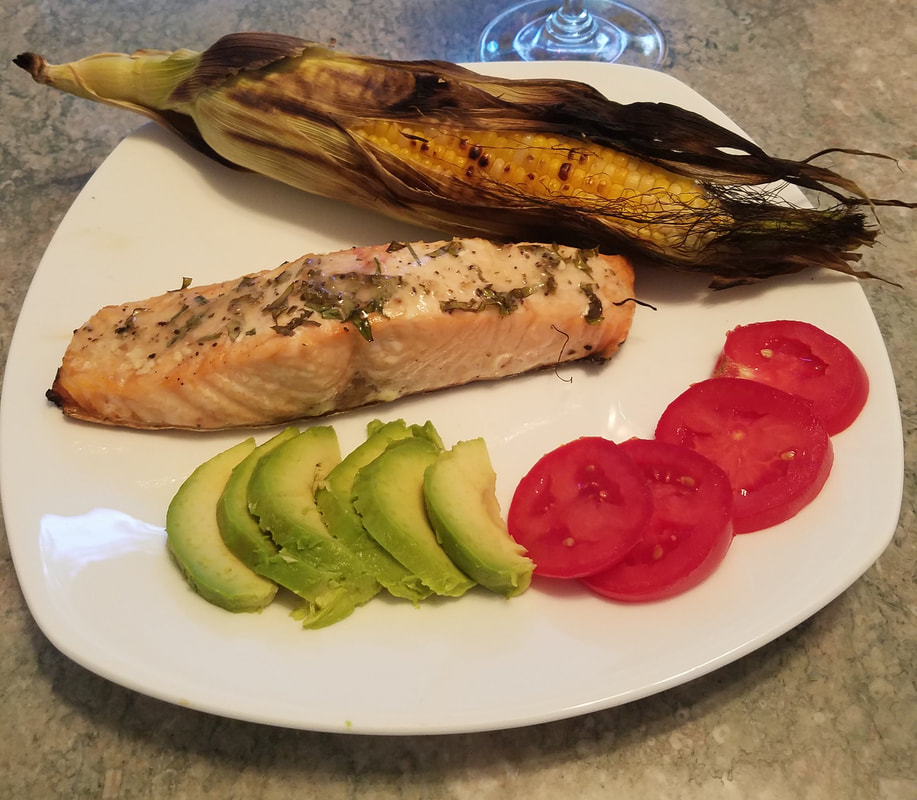
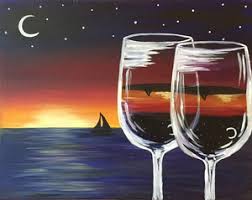
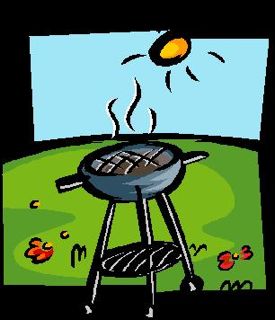
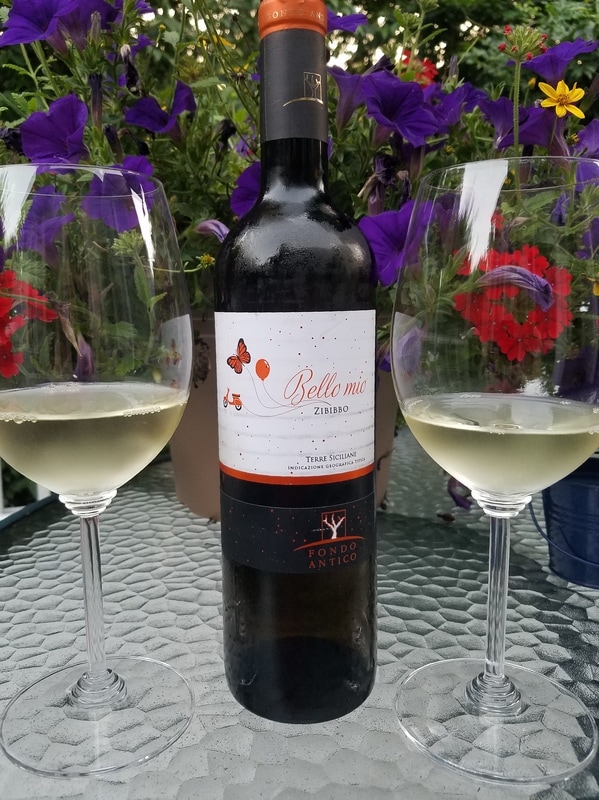
 RSS Feed
RSS Feed